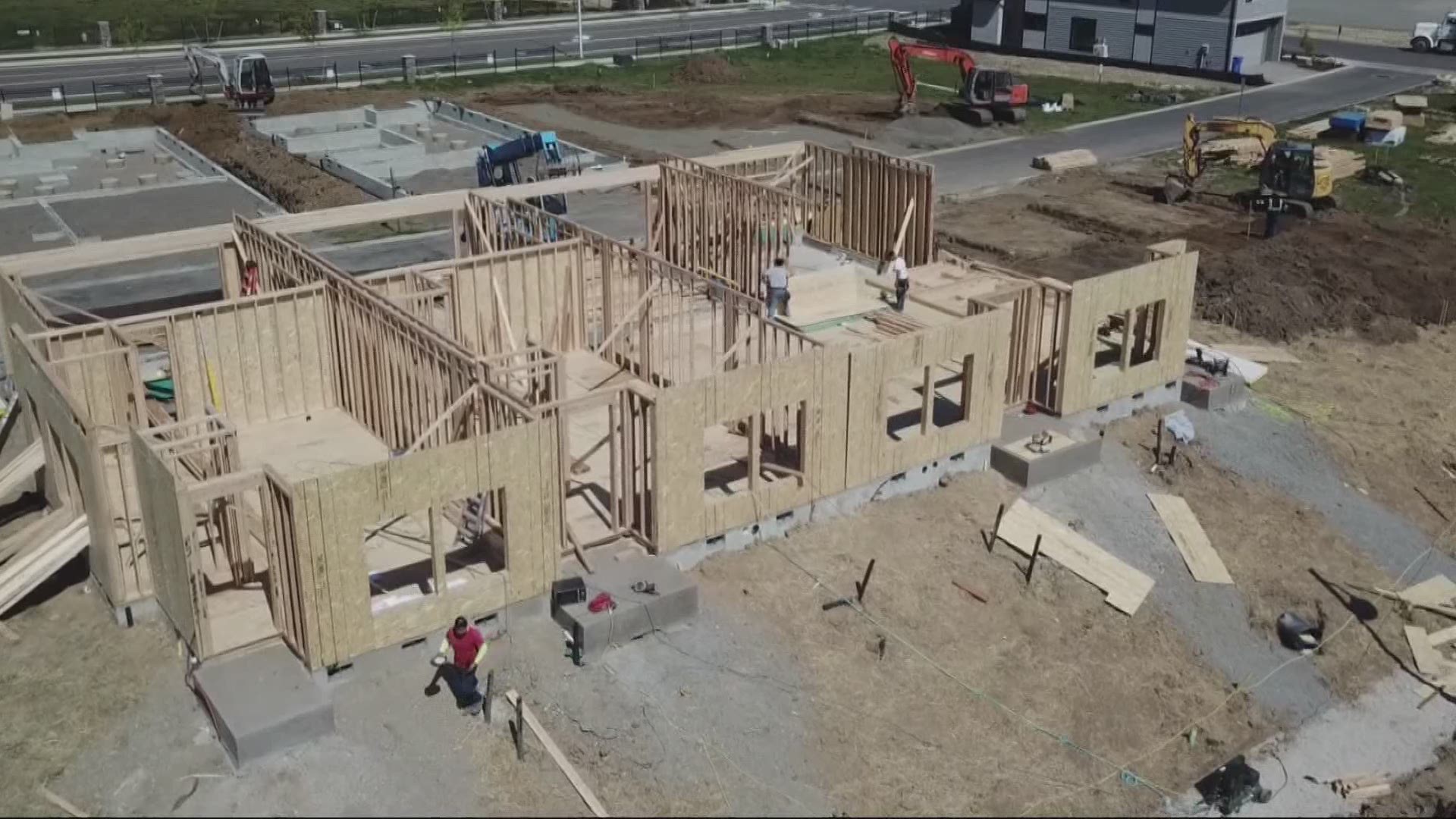PORTLAND, Ore. — Lumber prices have nearly quadrupled in the past year and show no signs of stopping. Not just big lumber used for large construction jobs but even the plywood someone might use to build a fence or repair a deck.
The sticker shock you might be feeling is all about supply and demand and a little about COVID-19. The director of purchasing and finance with Renaissance Homes, Marc Hartman, said last January it cost him about $8 for a sheet of plywood. Today, that price is closer to the mid-$40 range. In some cases, it’s costing $20,000-$25,000 dollars or more to build a home with just the high cost of plywood alone.
He said there’s a couple of reasons behind the huge cost. Part of it has to do with the fact more people are purchasing homes, especially with mortgage rates hitting historical lows.
Jeff Reimer is a professor of applied economics at Oregon State University. He said this trend is happening all over the country.
“It just seems to be the strong demand for lumber prices right now by the big home builders but this is a nationwide thing all over really, so the southern United States it's all over really," said Reimer.
Along with the demand for new homes, comes the demand for more material. But where does that material come from? Our neighbors to the north: Canada. And those materials are not that easy to get right now.
Reimer said there have been changes in supply from Canada. There is a tariff for some wood and a lot of mills closed in 2019, which has made less available material for parts of the United States.
When COVID-19 hit, some mills in both Canada and the United States were forced to close or even shut down for good. More than a year later, some are just now getting back up and running. That not only impacts builders, but also your bottom line.
Hartman said some of these high prices can’t be sustained forever because the overall cost will eventually slow the construction of housing down. He added, while the demand is still there he doesn’t see the high cost of lumber dropping anytime soon.

